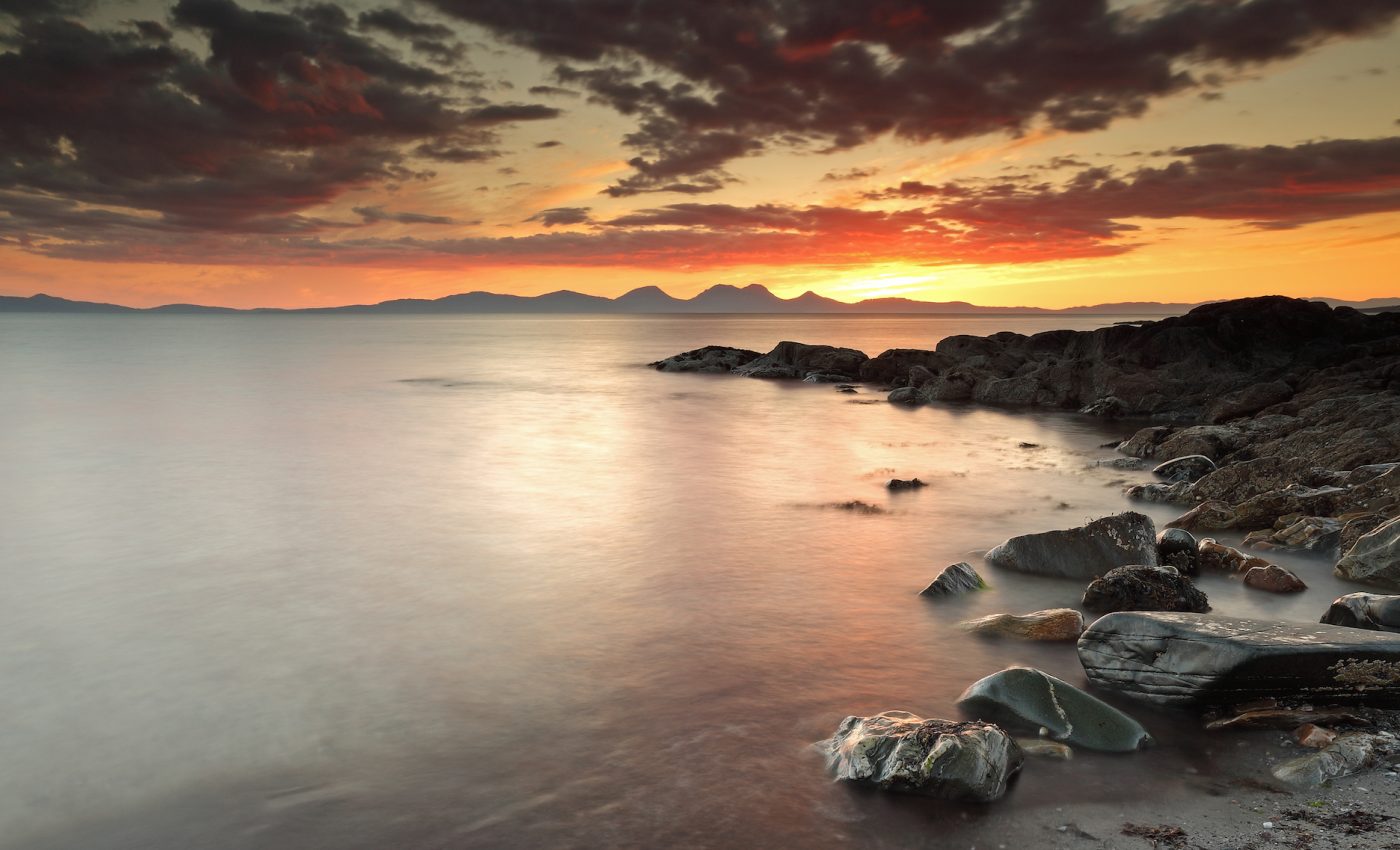
Largest meteorite impact in the UK tracked down off the coast of Scotland
Scientists from the University of Oxford have pinpointed the site of the largest meteorite impact ever discovered in the UK. The debris deposit was first identified in 2008 in northwestern Scotland, but the exact impact location was not initially clear.
The evidence indicated that the impact was made around 1.2 billion years ago by a one-kilometer-wide meteor near the coast. For the first time, a research team led by Dr. Ken Amor has determined that the crater location is buried beneath water and rocks west of the Scottish coastline in the Minch Basin.
“The material excavated during a giant meteorite impact is rarely preserved on Earth, because it is rapidly eroded, so this is a really exciting discovery,” said Dr. Amor. “It was purely by chance this one landed in an ancient rift valley where fresh sediment quickly covered the debris to preserve it. The next step will be a detailed geophysical survey in our target area of the Minch Basin.”
The researchers were able to establish the direction of the meteorite material based on field observations, the distribution of broken rock fragments, and the alignment of magnetic particles. This information enabled the team to locate the point of impact.
“It would have been quite a spectacle when this large meteorite struck a barren landscape, spreading dust and rock debris over a wide area,” said Dr. Amor.
At the time of the event more than a billion years ago, there were no plants and most of life on Earth was in the ocean. The landscape would have looked a lot like Mars when it had water at the surface, and Scotland was close to the equator. Planets likely experienced a higher rate of meteorite impacts as they collided with debris left over from the formation of the early solar system.
Today, it is estimated that Earth collides with objects similar in size to the meteor observed in this study somewhere between once every 100,000 to one million years.
The study is published in the Journal of the Geological Society.
—
By Chrissy Sexton, Earth.com Staff Writer
Image Credit: Shutterstock/Targn Pleiades













